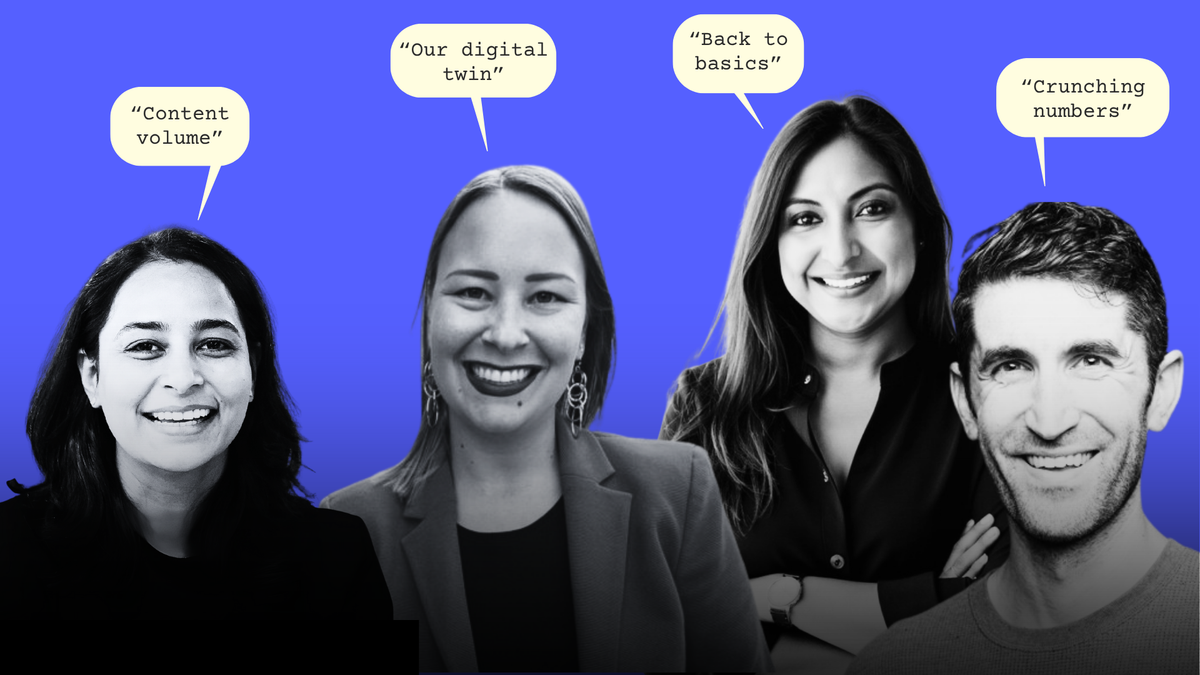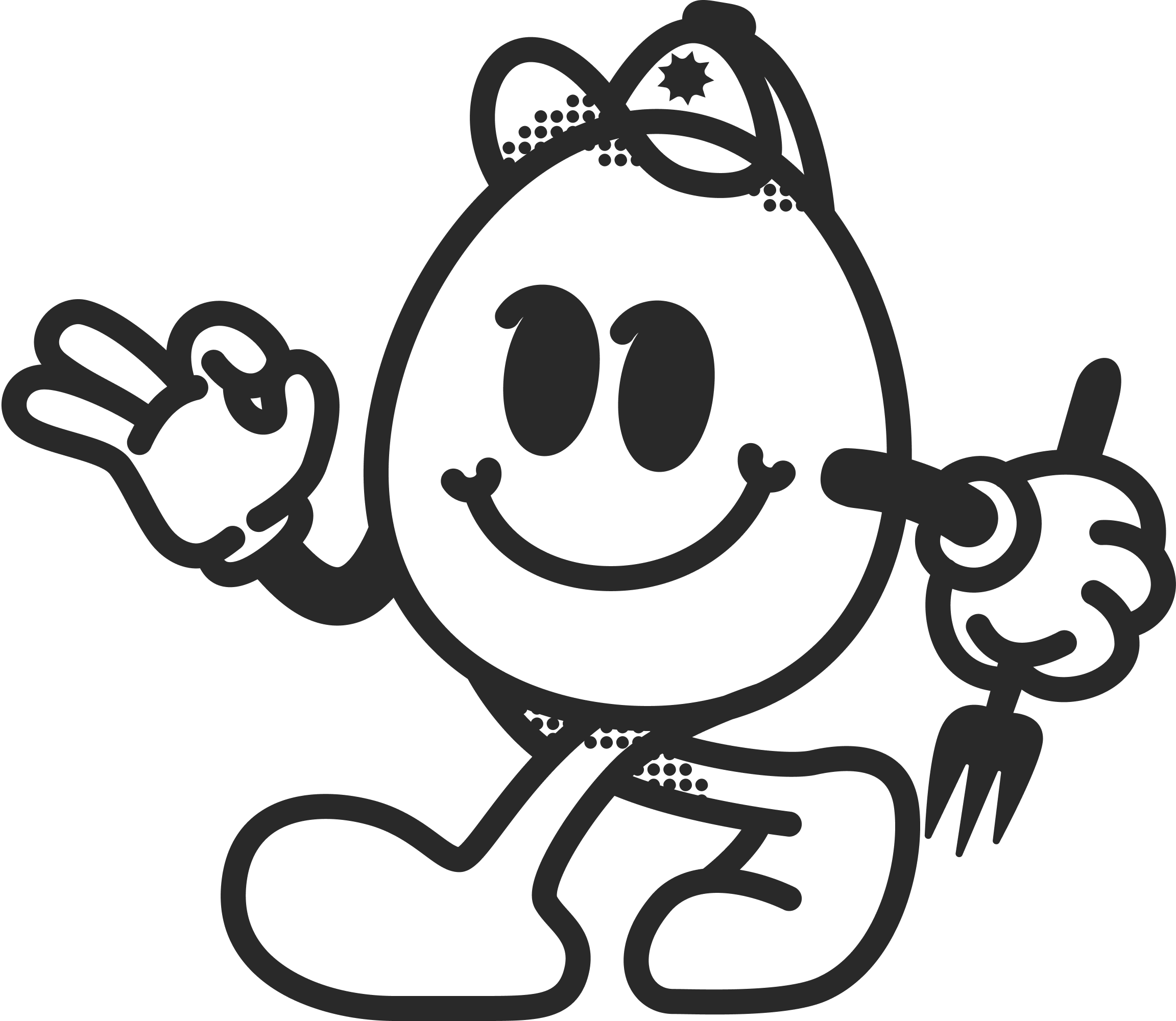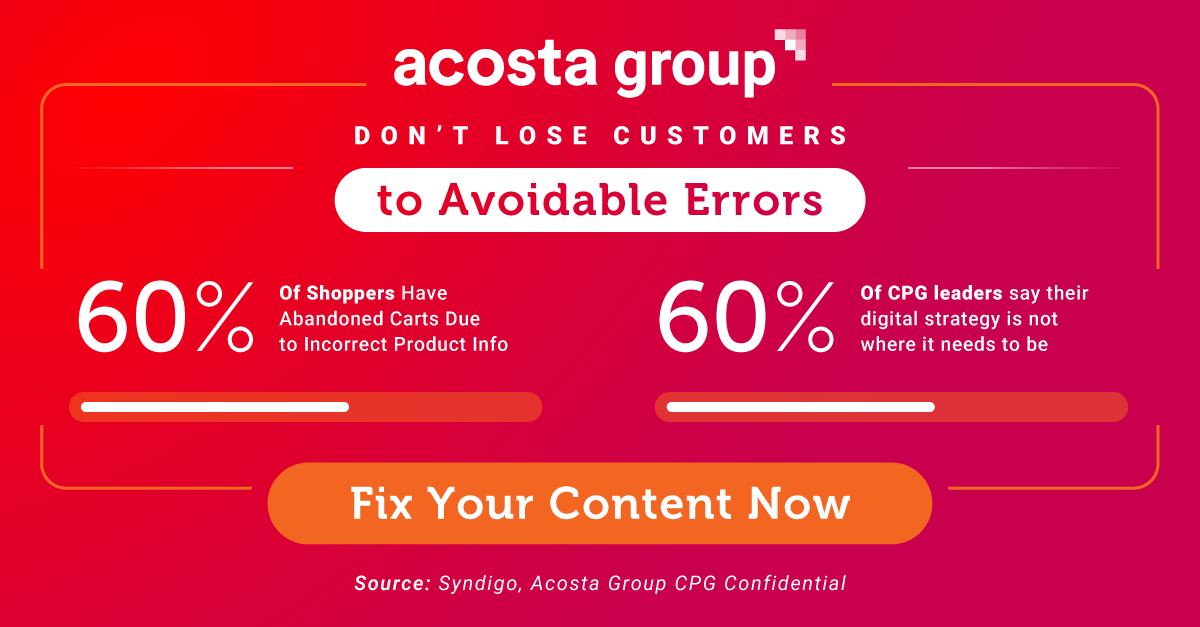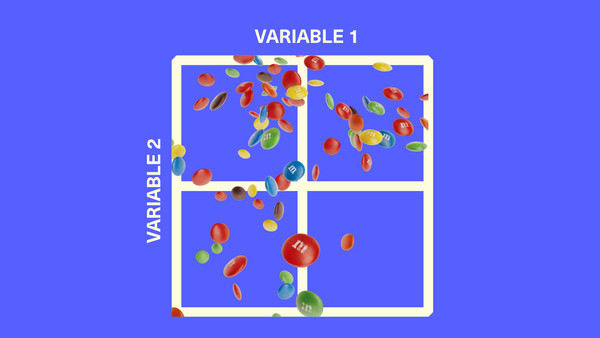How Brand Leaders Are Using AI Today (That They Weren't a Year Ago)
Sometimes you just need to hear how other people are actually using AI in certain ways before the light bulb goes off.

A year ago, many ecommerce teams were still figuring out if AI was hype or help. Today, it's become indispensible in daily workflows—from rewriting thousands of product listings to managing email overload to surfacing keyword opportunities that drive new customer acquisition.
I recently asked several brand-side leaders a simple question: "In what ways are you using AI today that you weren't a year ago?" Their responses reveal that AI adoption has moved far beyond experimentation into practical applications that solve real business problems.
Back to Basics with AI-Powered Content
Neha Malik, Head of Connected Commerce at Mizkan America (parent company of brands including Ragú, Bertolli, and Holland House), says her team is using AI to completely overhaul their digital shelf presence.
"I think the biggest one for us, we had talked about as a company going back to basics because a lot of our content on digital shelf, the PDPs, were pretty basic," Neha says. "So we're going back to utilizing AI to rewrite all of our PDPs for the top SKUs for different retailers based on how a consumer might search within their platform and utilizing the data that we have through our partner agency and enhancing it."
The scale of this initiative is significant. Neha's team is targeting their top 30-50 SKUs per retailer—following the 80/20 rule where 20% of items drive 80% of business—across all major retailers including Walmart, Kroger, Target, and Albertsons. They're starting with tier one retailers before expanding to tier two once phase one is complete.
The key differentiator in their approach is recognizing that keywords change—whether broad, narrow, or category-specific—and AI helps them optimize content based on how consumers actually search within each specific retail platform.
Did you know that 60% of shoppers abandon carts when product info is wrong? Before you ramp up your ad spend, fix the shelf. Acosta Group’s award-winning Connected Commerce crew is trusted by brands like Coca-Cola and Sanofi to deliver critical content updates. Acosta Group handles it all, then layers on media buying.
Learn more about Acosta Group’s Connected Commerce capabilities.
The AI-Powered Inbox & A Digital Twin
Kelsey Knight, Chief Commercial Officer at toy brand Slumberkins, says her team has embraced AI across multiple functions in ways they simply weren't doing a year ago.
That includes an AI tool to help manage their personal inboxes, called Fixer AI. This tool categorizes emails based on context—whether you need to respond, if it's just FYI, or if it's marketing and promotional. It even drafts responses aligned with your personal communication style and business context.
But Slumberkins' AI adoption goes much deeper that email automation. They've created their own custom GPT instance called the "Emotional Growth Guide" (lovingly referred to as "the egg"), trained entirely on their brand, values, voice, tone, and even their founders' communication styles. They use it for copywriting, brainstorming angles, and even product brainstorming—though everything receives a human touch before going consumer-facing.
Kelsey personally uses ChatGPT to create custom newsletters delivered weekly, including earnings reports and search trends specific to the parent demographic. "That's helpful as we're looking at content and adjusting content across all channels to help marry social with search," she says. The team also uses AI for sentiment analysis on customer reviews and comments on popular social posts.
AI as a Second Set of Eyes for Campaign Strategy
Chris Lowrey, Brand Director at Our Home (parent of Pop Secret, Good Health, and Pop Chips), was barely using AI a year ago. Now it's become integral to how he thinks about retail media strategy.
"The way that I'm using it a lot is honestly to drive new to brand sales," Chris says. "I've been using AI to analyze our current performance across retailers, competitors, and category terms, and then surface new keyword opportunities."
AI helps Chris figure out how to rebalance spend—where to dial up investment and where to pull back to maximize growth. "It's honestly like having this second set of eyes that can crunch way more variables than I could on my own," he says. "And it's made my campaigns a lot sharper and more efficient."
While AI supports various metrics, Chris finds it particularly helpful for new-to-brand performance—describing it as more of a "level up" compared to other applications. His tool of choice? ChatGPT with customized prompts that help him analyze performance data and surface opportunities.
From Add-On to Integration
Jyoti Malik, Senior Director of E-commerce at Belkin, emphasizes how AI has shifted from being an afterthought to becoming fully integrated into normal workflows.
"One way we are using AI that we were really not a year ago is as part of content creation and optimization," Jyoti says. "And the big difference is that it's no longer like an add-on to the more traditional model of content creation, how the teams used to work. It's very much part of our normal process and conversation."
At Belkin, teams are increasingly comfortable using AI platforms for ideation, brainstorming, creating imagery, text, and ongoing optimization. The democratization effect is significant—these capabilities now extend beyond just creative team members to the broader organization.
"It's made the content efforts very much less niche and creative function dependent and a lot more accessible and faster to execute across the whole team, which is really wonderful because the volume of content that we need has really accelerated," Jyoti says. "And having this AI and these tools to leverage has been really, really helpful."
The Bottom Line
I'll be honest—there isn't a process I do every day where I haven't started asking myself: could AI make this better, faster, or more expansive? But sometimes you just need to hear how other people are actually doing it before the light bulb goes off.
That's what makes these examples so valuable. Neha's team rewriting thousands of product pages. Kelsey's inbox tool that her team can't live without. Chris using ChatGPT as a second set of eyes on campaign data. Jyoti's team moving AI from "nice creative add-on" to core workflow.
These aren't theoretical applications or vendor promises. They're real solutions to problems you probably have right now: too much content to create, too much data to analyze, not enough hours in the day. The leaders finding success picked one pain point, tested an AI tool against it, and scaled what worked.
If you're still figuring out your AI strategy, start by stealing one of these ideas and seeing if it works for your team.






